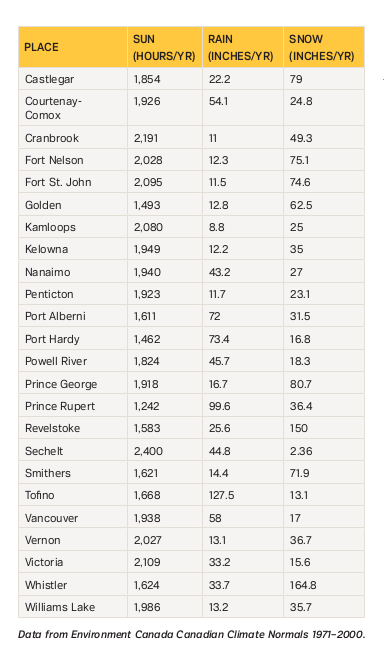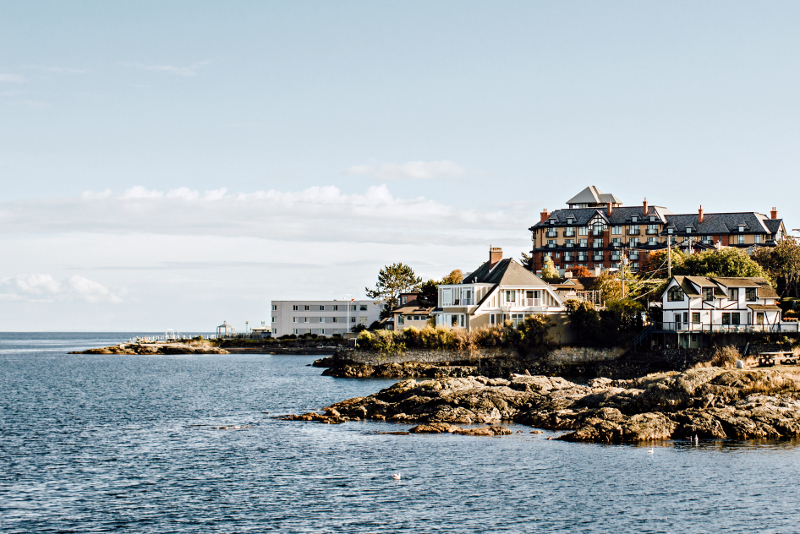What elements make a B.C. city or town attractive during even the shorter days of winter and spring? Here’s a list of a few B.C. places that shine more brightly year-round.
By Robin Brunet
One of the greatest things about B.C. is that the activities one must travel far to enjoy in other provinces are literally in our backyard on the West Coast. Vancouver famously gained a reputation in the 1960s amongst visitors and residents who wanted to be able to ski in the morning and hit the beaches in the same afternoon. Today, snowboarding, snowshoeing, heli-skiing, storm watching, ice climbing, and many other pastimes are easily accessed throughout the province until late spring–in many places where you can also hit a sunny wine bar, brewpub or restaurant patio.
The B.C. destinations with the most moderate winter climates and the fewest chilly nights, according to Environment Canada, are Victoria, Vancouver, Abbotsford, and Kelowna. For example, Victoria’s average daily maximum temperature for December, January, and February is 8.8C. Also, according to Environment Canada, Victoria, Kamloops, and Kelowna are the B.C. locales with the most sunshine annually (2,203 hours, 2,080 hours, and 1,949 hours respectively).
Of course, climate alone does not make a town a popular winter attraction: surreal beauty (either natural or man-made) or a romantic civic mythology or aura all play their roles, too. We considered these elements and more when compiling this list of ideal winter destinations both renowned and underrated.
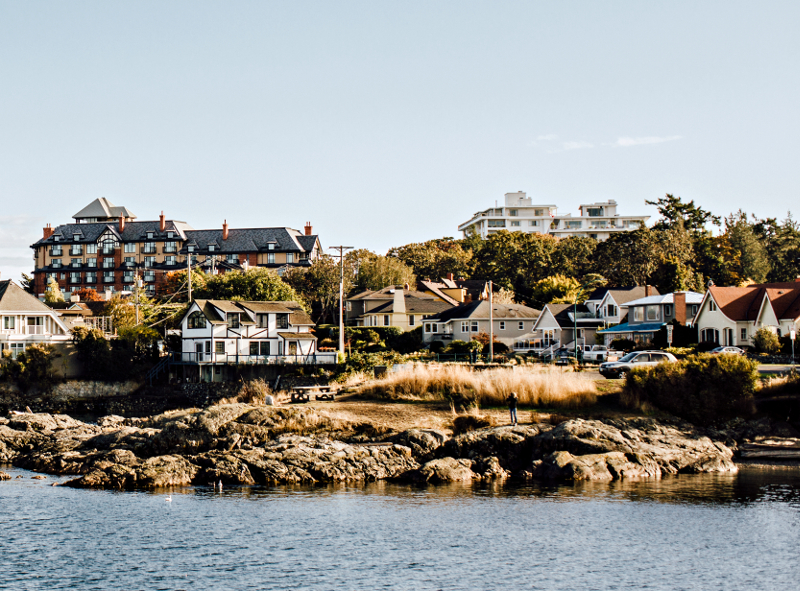
VICTORIA
The place: B.C.’s capital and southernmost city, with just 15.6 inches of snow annually and 2,203 annual hours of sunshine.
Things to see and do: Cowichan Valley winery, cidery and distillery tours offer nearby diversions, while horse-drawn trolley rides in Beacon Hill Park are a charming way to get around (subject to seasonal weather, of course). With a remarkable local-food scene and quality restaurants, Victoria’s food choices will keep you fattened up all year long.
Fun fare: Spectacular Summer Evenings at the world-famous Butchart Gardens offer night illuminations and evening entertainment.
WHISTLER
The place: This world-class ski village enjoys 164 inches of snowfall yearly (that’s a good thing, up there) and 1,683 hours of sunshine.
Things to do and see: More people now visit Whistler in summer than in winter–so access to facilities and services is perhaps easier than you might think. Spring skiing can easily extend into late April, and dipping into the hot and cold pools and saunas at Scandinave is a welcome diversion year-round.
Fun fact: The stunning Peak to Peak Gondola reopens for the season on May 20, with the Cloudraker Skybridge also reopening in summer.
KELOWNA
The place: The popular summer destination is also an attractive winter mecca for those wanting less snow (just 35 inches yearly) and moderate weather (typically ranging between 1.3 and -5.9 C).
Things to see and do: The Kettle Valley Railway is uniquely beautiful when blanketed by snow, and forms the longest rail-trail network in B.C. for summer hiking and cycling. Though many wineries, their picnic areas and vineyard tours open for peak season in May, many tasting rooms stay open year-round; check websites for hours before visiting.
Fun fact: Telemark Nordic Club offers 75 kilometres of trails, featuring panoramic views of the Okanagan Valley.
REVELSTOKE
The place: This sometimes underrated winter destination receives an average annual snowfall of 150 inches that skiers adore, and experiences moderate cold (typically between -1.3 and -6.2 C).
Things to see and do: In a region with some of the best frozen waterfalls on the planet, ice climbing is a winter perk. A drive up to Nakusp Hot Springs, which has soaking pools, chalets, and plenty of skiing, tobogganing, and snowmobiling is the way to fill a cool spring day.
Fun fact: Revelstoke hosts the Red Bull Cold Rush, fusing the disciplines of backcountry slope-style, big mountain, cliffs and alpine ski touring.
PRINCE GEORGE
The place: The largest city in northern B.C. has a daily average temperature of 1.5C in winter and an annual snowfall of 55 inches.
Things to see and do: Dog-sled riding adventures and skiing at Tabor Mountain Ski Resort or Purden Ski Village make the winter days go by faster. Wish upon a star at the Prince George Astronomical Observatory to get a feel for the Universe… without stepping out in the cold.
Fun fact: Prince George has numerous frozen lakes (check local safety advisories) and community rinks for indoor and outdoor skating enthusiasts to enjoy through the seasons.
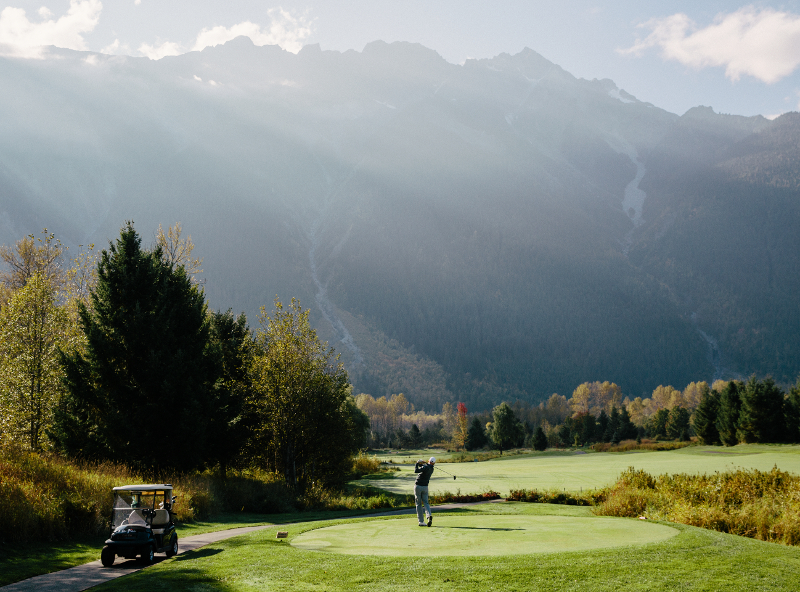
PEMBERTON
The place: Pemberton is north of Whistler and typically three to 10 degrees warmer than that major skiing destination.
Things to see and do: From ice fishing (some of the best in B.C.) to river fishing (especially for Coastal Cutthroat, from November to April), Pemberton has anglers covered. Horseback riding can be enjoyed in many termperatures, while you warm up for some thrilling jet-boating on the Green River in summer.
Fun fact: The New York Times named Pemberton the epicentre of sled-skiing in North America.
NELSON
The place: This West Kootenay city has winters of between -1 and -7C and an average snowfall of 68 inches.
Things to see and do: A historic heritage downtown with artisanal shops and markets retains its charm all year-round, while backcountry adventure can range from Nordic and night skiing in the winter to hiking and camping in summer.
Fun fact: Nelson is part of the famed Powder Highway comprising seven skiing destinations.
ROSSLAND
The place: This picturesque mountain city has an average winter temperature between 3 and -8C and an annual snowfall of about 145 inches.
Things to see and do: Train all winter to ride the Seven Summits Trail (open seasonally from July through October), an IMBA Epic-rated biking route with demanding climbs and thrilling ascents.
Fun fact: Rosslands’s RED Mountain Resort was voted by The New York Times Magazine as the eighth-best place to visit in the world.
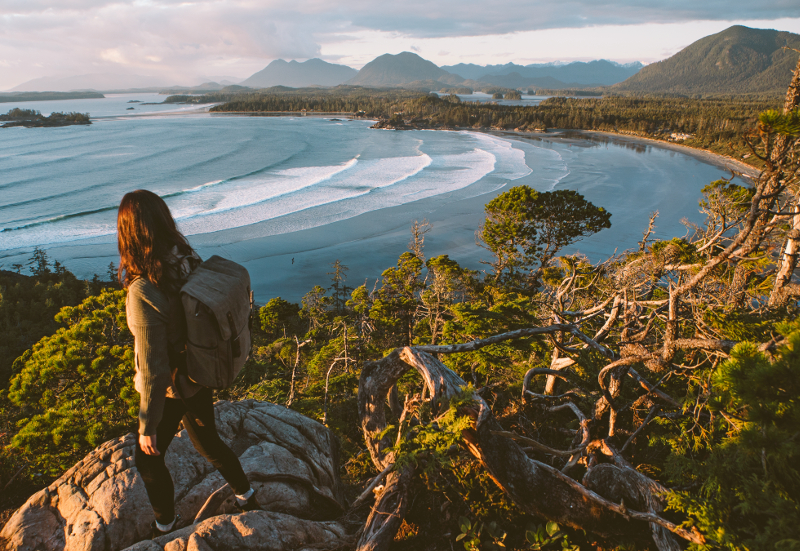
TOFINO
The place: This West Coast Vancouver Island community has warm, rainy winters (8 to 15 C) with only 13 inches of snow annually.
Things to see and do: Winter surfing is where the swell action is at in Tofino, while storm-watching season is also at its best. In summer, gentle waves are great for beginning surfers and SUP boarders.
Fun fact: Hot Springs Cove, a major attraction in summer, is virtually deserted in winter: no bumping elbows, loud voices or splashing.
